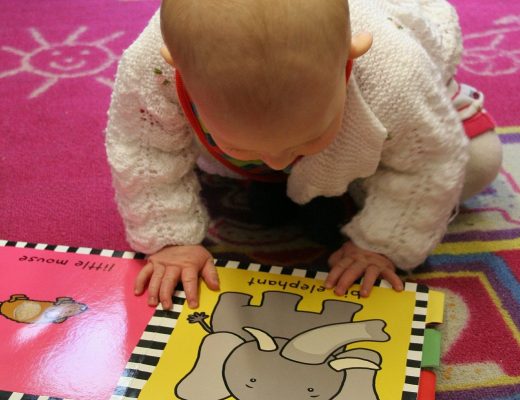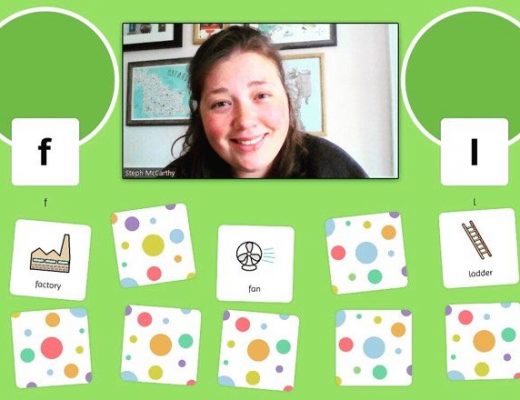Children, young people and even adults often struggle to express their emotions. This year during Mental Health Awareness Week we are all being encouraged to talk about our feelings. This can be really difficult for those of us that do not understand the concepts or have the words for emotions (such as young children and some people with communication difficulties).
Here are five ways you can support your child to understand emotions:
#1 Use the signs
Emotions are abstract; we can’t hear or touch them. However, as adults we can often see how our child is feeling by their facial expressions or behaviour. Labelling emotions when we see them and reinforcing them with signs helps children understand and express them.
Research shows that children who sign may be better at dealing with stressful situations due to having a better understanding of how they are feeling and a way to express it. You can see the other benefits of signing in my previous article 5 reasons why signing is great for your baby.
#2 Read books about emotions
We all feel a range of emotions but that does not necessarily mean we understand what we’re feeling! I can highly recommend this Making Faces book. It has beautiful real-life pictures of babies showing lots of different emotions. It has a mirror in the back to help your little one pull some faces!

You could also make a personal picture book for your child! Take pictures of all of the family with exaggerated facial expression and put them in a photo album or scrap book. Children love to look at familiar faces, and it will also help them to practise saying names of family and friends. You could even make up little stories e.g. ‘Uncle Ben is feeling sad because he dropped his ice-cream.’
#3 Comment on emotions in play
Children with typically developing language skills (i.e. no known communication difficulty/delay) will talk about how they are feeling, as well as how others are feeling around the age of 2 years. By the age of 3 years, some children can identify emotions from just tone of voice and environmental cues. However, this does not happen overnight! You can support them to understand emotions by commenting during play e.g. “oh no, your dolly fell over, she might feel sad.”
#4 Play with emotion toys

I use these eggs in sessions all the time when teaching the signs for emotions. They come with a lovely book (suitable for older children). Try putting all the eggs in a bag, pulling them out one by one and talking about the emotion. These face mats are also hilarious to play with the whole family!
#5 Talk about emotions in the moment
This might seem obvious, but when we’re experiencing emotions ourselves it’s easy to forget to label them. We might sigh when we drop something, so if we explain it e.g. “mummy is feeling annoyed she dropped her phone”, it helps children understand it much faster. This is also an important lesson that talking about our emotions, both positive and negative, is a really healthy habit.
If you’re interested in learning more about the stages of emotional development, here is a really interesting article.
Steph is a qualified speech and language therapist and Signalong tutor. If you have concerns for your child’s speech, language and communication development get in touch with Steph@stephblack.com. If you would like to learn signing with your little one visit www.littlepuffinsigning.co.uk




